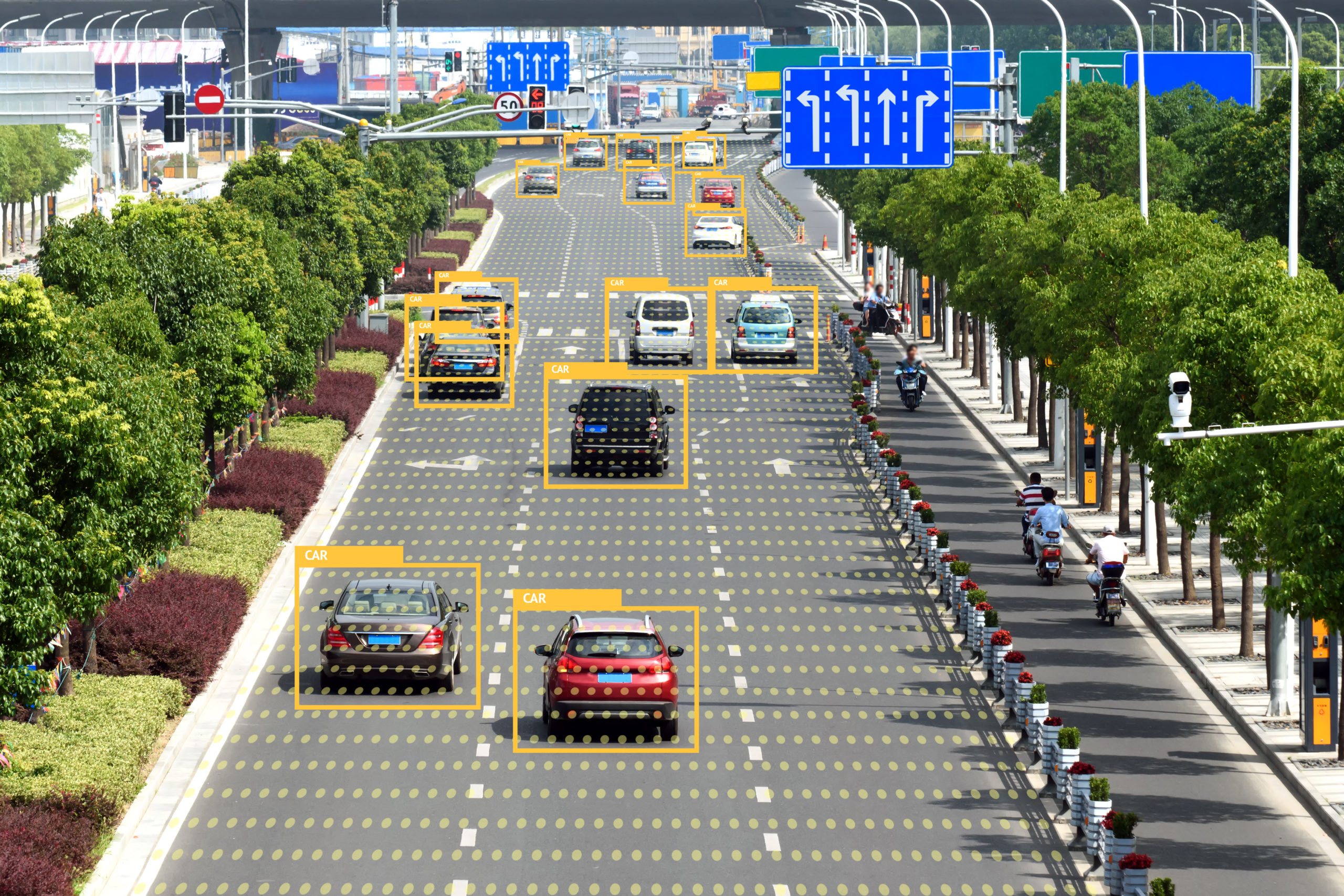In our data-driven society, businesses across industries rely on the effectiveness of artificial intelligence (AI) as well as machine learning (ML) to extract crucial insights from the vast amount of data. An image annotation technique is a key computer vision technique that plays an vital role in making visual data accessible. In this piece, we look into the realm of annotation and look at the significance of tools for image annotation such as software, solutions, and tools in unlocking the potential of decision-making based on data.

Image annotation is a process that involves labeling or marking images by using metadata. This assists computers to comprehend and interpret information from visual images with precision. Image annotation, like the addition of bounding boxes keys, polygons or bounding box images, enables ML models to determine patterns, objects and attributes. This technique bridges the gap between raw images and a measurable insight, opening the way for a myriad of applications including autonomous vehicles, medical imagery, ecommerce, and even surveillance.
To simplify the annotation process, a wide assortment of annotation tools have been designed. These tools come with intuitive interfaces which allow users to easily mark images or objects that are of significance. They provide a wide range of annotation options and customizable features to suit different data requirements. An image annotation tool is available in a wide range of options, including basic drawing tools, advanced shapes recognition, and automatic annotation suggestions. Annotators have the capability to work quickly and precisely.
Image annotation tools takes the annotation process to the next level by incorporating automation and collaboration features. These applications employ ML algorithms to automate annotation, cutting down on manual effort and speeding up annotation. Annotation software can speed up the labeling process by using techniques such as active learning and transfer learning.
Furthermore, annotation software facilitates collaboration between multiple annotationists and teams, allowing them to work seamlessly. It allows real-time synchronization of annotations, annotating versioning, and comments features, ensuring a smooth flow of communication and creating a more collaborative environment. This approach to collaboration improves annotation quality, and facilitates sharing knowledge and ensures consistency between annotations.
When choosing an image annotation software There are several aspects that must be taken into consideration. The software must be able meet the needs of your project. This includes the kind of annotations needed (e.g. bounding boxes keys, polygons, keypoints) along with the scale and complexity.
Secondly, the flexibility and flexibility of the solution is crucial. A reliable annotation system should be able to customise workflows for annotation and work with existing data management software. It must also be compatible with various data formats. This flexibility allows the annotation solution to seamlessly integrate with workflows and pipelines that are already in place to increase productivity overall.
Thirdly, it is essential to evaluate the quality of annotations the software produces. Quality control tools are employed by trusted image annotation software to ensure consistent and accurate labeling. These can be used to ensure annotator validation and feedback loops that continue between annotations.
The value of annotations on images goes beyond the process of annotation itself. Organizations can increase the value of information by using software, tools, solutions and software. The most important thing is that accurate annotations enable the training and development of ML models with higher quality and accuracy. The models can be used in a variety of applications, including the classification of images, recognition of objects, and anomaly detection.
Image annotation also facilitates the use of data in decision-making by providing deep, valuable information from the visual data. Annotated medical images, as an example can be used in the health sector to diagnose diseases, identify anomalies, and formulate treatment strategies. Images are often used to make annotations in e-commerce to support image search functionality visually merchandising, visual merchandising, as well as product recommendations systems.
In unlocking this powerful resource, image annotation using data sciences has transformed how we work. It accelerates data analysis, uncovers the hidden connections and provides real-time analysis. Annotating images helps organizations improve their processes and get to market faster, while decreasing costs. Additionally, it gives them a competitive edge. Annotated images are easier to read and helpful for all employees in any organization because they allow for the visualization of concepts better than abstract diagrams. Ultimately, when used correctly an image annotation can be an effective tool to transform data into actionable data and maximizing its value in all kinds of applications.
